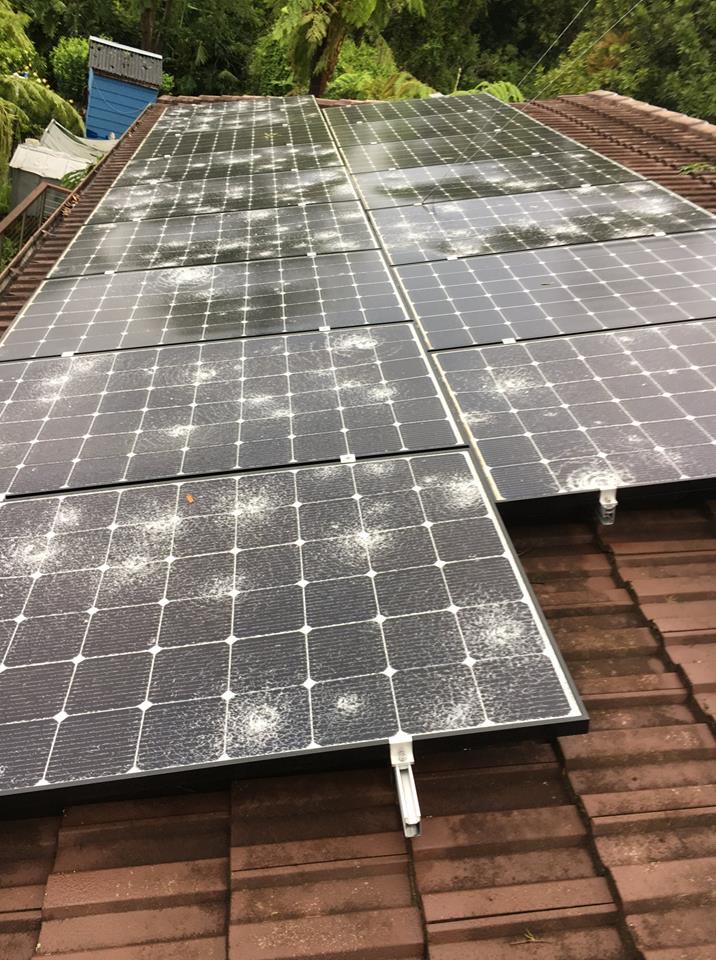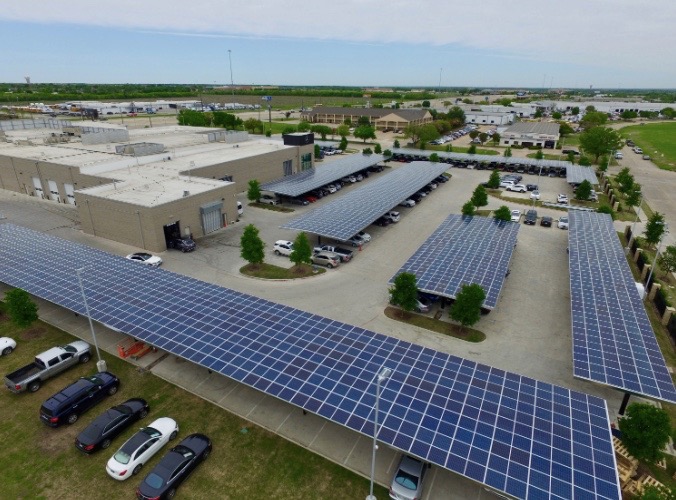Destructive hail is likely to increase with climate change
Insurance Australia Group
An article published in Insurance News, 2020/09/09, reported on weather hazard projections relevant to insurers. It gave a summary of weather warnings from a report done by Insurance Australia Group Limited (IAG). I'll quote three paragraphs from the article:"Insurers have already paid more than $3.85 billion in claims to date for four of these major weather events alone, including the summer bushfires, the South East Queensland hailstorms in November, hailstorms across NSW, ACT and VIC in January, and storms across the east coast in February, according to the Insurance Council of Australia."
"Hailstorms with large to giant hail – from 2 centimetres to above 5 centimetres in diameter - have already increased in frequency over south-east Australia. In a warmer climate, the areas most at risk of these hailstorms will be further south including Sydney, Adelaide, Perth, Canberra and Melbourne."
"Large-sized hail risks will particularly increase in an area from the Hunter River through to the southern NSW Highlands, as well as in parts of Victoria."
The Conversation: "Destructive 2018 hail season a sign of things to come"
Samuel Childs wrote a piece for The Conversation on 2018/09/20 titled "Destructive 2018 hail season a sign of things to come".Data published on Mr Childs' article showed that hail storms in which there were exceptionally large hail stones were becoming more frequent. The records indicated that both hail stones greater than 50mm and greater than 75mm were becoming more common. Climate science indicated that this was to be expected with climate change and the consequential increasing prevalence of violent storms.
In Australia
On 2018/10/16 the ABC reported that a "Hail storm kills 400 kangaroos and 150 goats on properties in far-west New South Wales".The implications for solar panels
|
|
|
On 2019/01/07 it was reported that almost 60,000 cars had been damaged by the hail storms.
Insurance claims numbered over 81,000 and were nearing a total of $675 million.
A Web site providing information on solar power,
Energy Sage, had a page titled 'Can solar panels withstand hail and survive hurricanes?' at the time of writing, 2018/12/28.
It stated that "In most cases, solar panels are tested and certified to withstand hail of up to 25 mm (one inch) falling at 23 meters per second."
But as reported by Mr Childs (The Conversation, above):
"Here in Colorado, over 20 percent of severe hail reports through the beginning of September have been at least 2 inches [50mm]. Three percent have been at least 3 inches [75mm] – bigger than a standard 2.75-inch baseball. These are the highest such percentages in state history. Moreover, Colorado saw a new record, with hail greater than 3 inches in diameter reported 10 times, over seven different days."Mr Childs' data showed that in the USA hail stones larger than 50 mm had become more common in the period from 2010 to 2017.
Climate scientists have been warning for years that the intensity of storms will increase as anthropogenic climate change progresses.
|
|
Utility scale solar farms
| Tailem Bend Solar Farm, under construction 2018/11/26 |
|---|

|
At the time of writing (December 2018) most new utility scale solar farms were being built with single-axis Sun tracking capability. This would allow the panels to be adjusted to maximum tilt whenever a possibly destructive hail storm was expected, so minimising the likelihood of damage.
Whether the operators of the solar farms are all aware of the need for this, and whether they have put procedures in place to make sure that it happens when it is needed, is another matter.
Implications for roofing
|
Skylights were also damaged.
Where solar panels protected the tiles beneath there would have been less damage due to leaking roofs than in those houses with tiles and no panels.
It would be interesting to know the comparative cost of repairing the houses – roofs, panels and water damage – with and without solar panels. In late 2018 solar panels were probably comparable in cost to a similar area of roofing tiles.
|
|
Using solar PV panels to protect cars from hail
|
Kelly Taylor wrote:
"In 2015 at his three dealerships in the heart of Alberta’s Hailstorm Alley, Garrett Scott felt Mother Nature’s wrath: 600 vehicles damaged with an average claim of $11,000."The car dealer was covered by insurance, but still suffered substantial financial losses, and of course, the insurance company would be advantaged by having their risk at this business greatly reduced in future.

